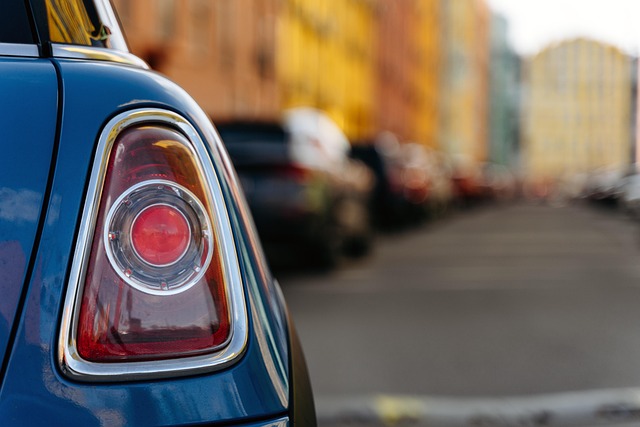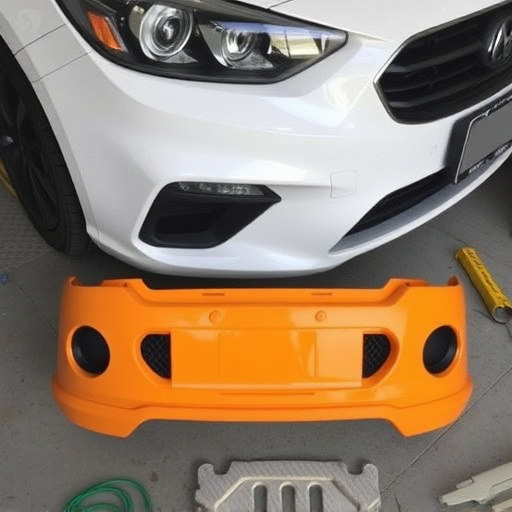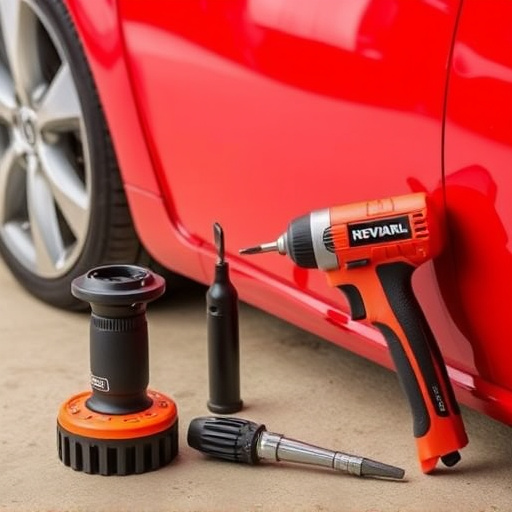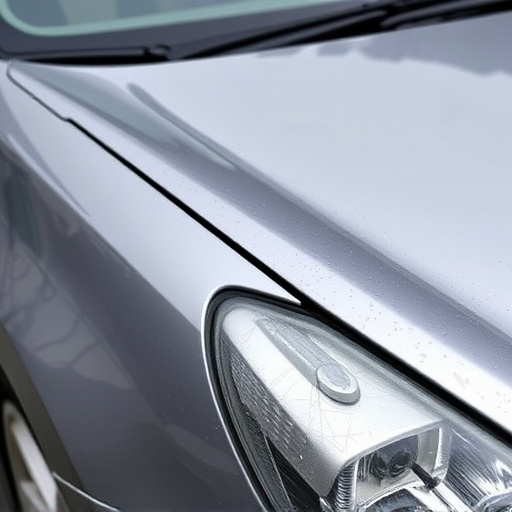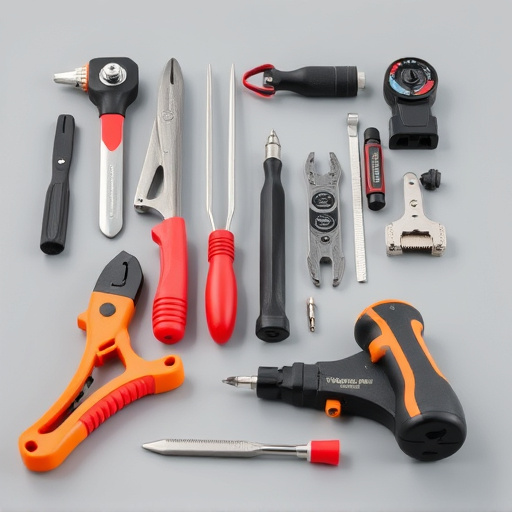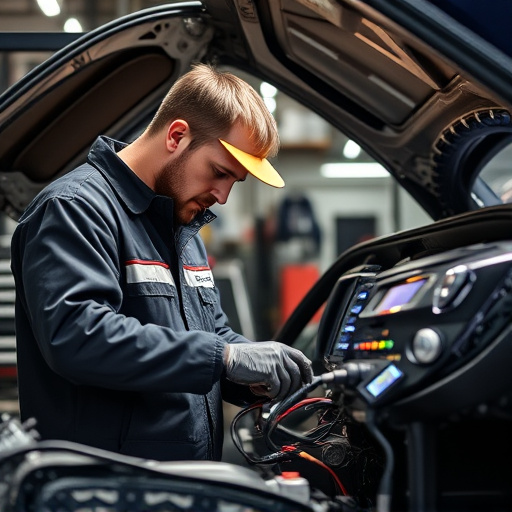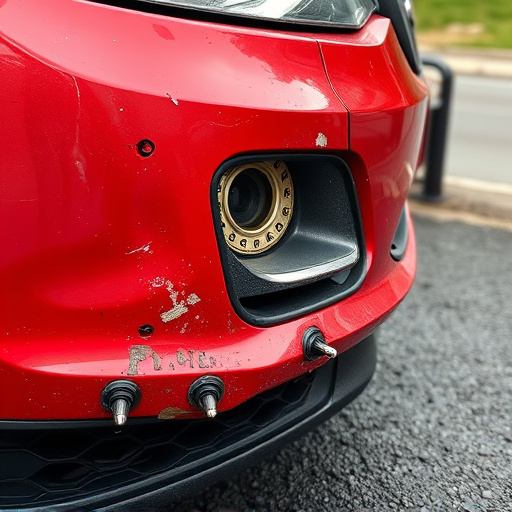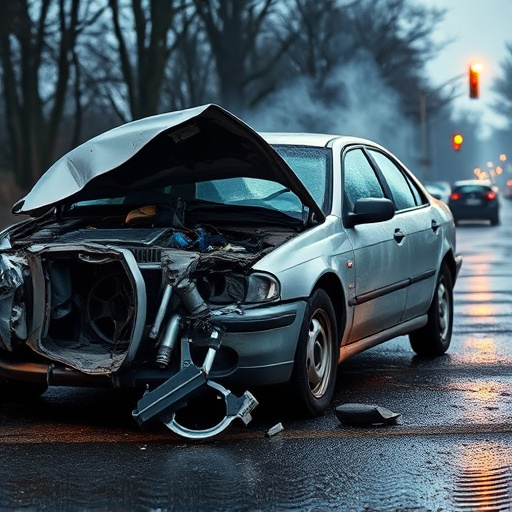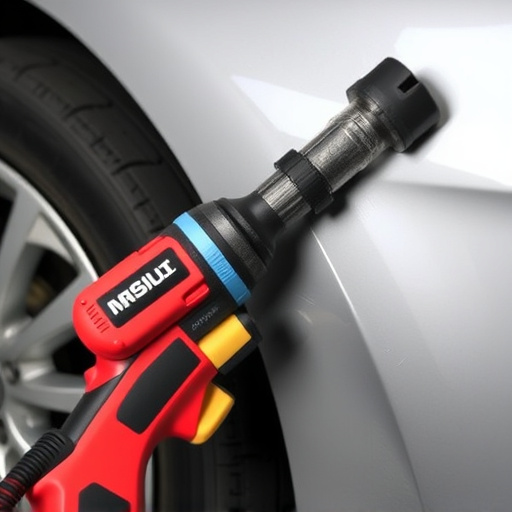Selecting materials for custom fabrication collision repairs is vital for both vehicle restoration and safety. Professionals must balance structural integrity, durability, weight reduction, and cost-effectiveness using advanced steels, composite fabrics, or aluminum alloys. Corrosion resistance, impact strength, and aesthetic consistency are key factors to ensure vehicles meet pre-accident conditions while maintaining optimal performance and long-term structural soundness, aligning with industry trends towards eco-friendly and sustainable solutions.
In the realm of automotive restoration, understanding the materials used in custom fabrication collision repairs is paramount. This comprehensive guide delves into the intricacies of selecting the right materials for durability and compatibility, considering cost, availability, and environmental impact. From metal and plastic to composite, we explore common choices. We then detail advanced techniques, from welding to molding, applied to various vehicle parts, highlighting safety best practices. Furthermore, quality assurance measures and emerging trends, including non-destructive testing and innovative materials, position custom fabrication collision repairs as a dynamic, evolving field.
- Materials Selection for Custom Fabrication Collision Repairs
- – Importance of material compatibility and durability in collision repair
- – Factors influencing choice of materials: cost, availability, environmental impact
Materials Selection for Custom Fabrication Collision Repairs
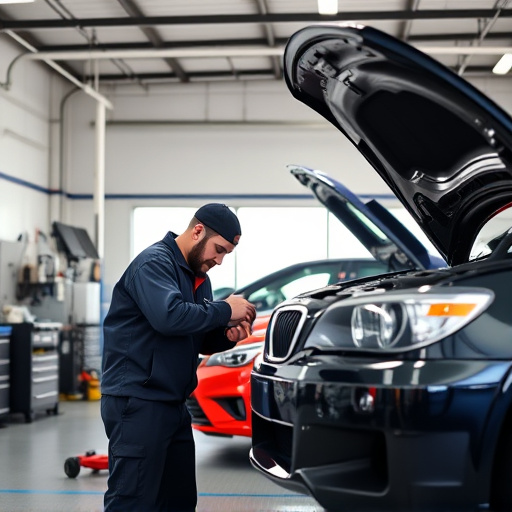
When it comes to custom fabrication collision repairs, selecting the right materials is paramount. Professionals at a reputable auto collision center must consider both aesthetic and structural integrity when choosing components for restoration. This process involves a careful balance between finding materials that perfectly match the original specifications of the vehicle and ensuring they can withstand the rigors of modern driving conditions.
The choice of materials, whether it’s for car paint repair or replacing crushed panels, directly impacts the final quality of the work. Modern automotive fabrication employs an array of advanced materials, from high-strength steels to specialized composite fabrics. Each material has unique properties that influence its durability, weight, and cost. For instance, lighter materials like aluminum alloys can enhance fuel efficiency, while fiber composites offer exceptional strength-to-weight ratios, making them ideal for achieving precise restoration without adding excess weight, a key consideration in auto collision repair.
– Importance of material compatibility and durability in collision repair
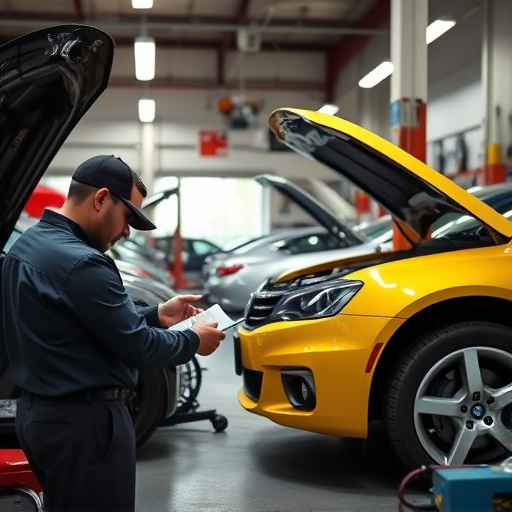
In custom fabrication collision repairs, material compatibility and durability are paramount. Choosing the right materials ensures that not only is the vehicle restored to its pre-accident condition but also that it maintains structural integrity and longevity. The last thing anyone wants is a repair that leaves the car vulnerable to future damage or deteriorates quickly, negating the entire point of the fix. Therefore, professionals in this field must select materials that match both the original components and the vehicle’s specific needs, considering factors like resistance to corrosion, impact strength, and aesthetic consistency.
For effective car body repair or dent removal, durable materials are essential. They not only fill in imperfections but also preserve the overall quality and safety of the vehicle. In the world of custom fabrication collision repairs, professionals must stay updated on the latest advancements in materials science to offer top-tier services. This ensures that vehicles not only look their best but also perform optimally on the road, providing peace of mind for those relying on them for daily transportation.
– Factors influencing choice of materials: cost, availability, environmental impact
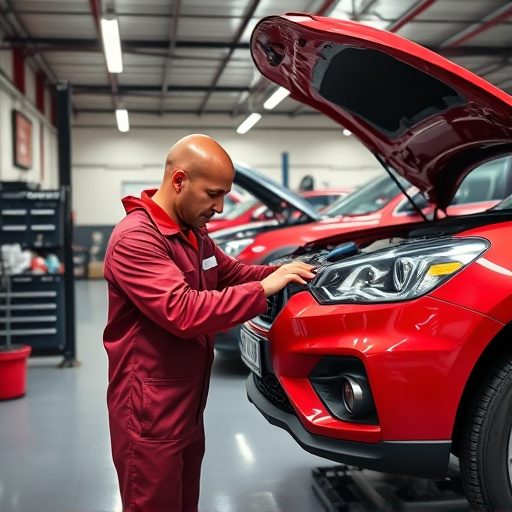
When undertaking custom fabrication collision repairs, selecting appropriate materials is a multifaceted process that goes beyond mere aesthetics. Several key factors play a pivotal role in dictating the choice of components, each exerting its own influence on the final decision. Among these, cost stands as a primary consideration for many auto body shops and vehicle owners alike. The affordability of raw materials directly impacts the overall price point of repairs, with budget-conscious businesses and individuals often opting for cost-effective yet durable options to ensure both financial viability and long-lasting outcomes in bumper repair and vehicle body repair projects.
Moreover, environmental sustainability has emerged as a significant driver in material selection, reflecting a growing awareness of the ecological implications associated with auto maintenance. As such, the availability of eco-friendly alternatives has gained prominence, encouraging fabricators to choose materials with lower environmental impact while still meeting stringent safety and quality standards. This consideration is particularly pertinent in light of ongoing efforts to reduce waste and promote recycling within the automotive industry, further emphasizing the importance of sustainable practices in custom fabrication collision repairs.
When it comes to custom fabrication collision repairs, selecting the right materials is paramount. Balancing compatibility with existing components, durability to withstand future impacts, and cost-effectiveness requires careful consideration. Moreover, environmental impact should not be overlooked, as eco-friendly options contribute to a sustainable automotive industry. By understanding these factors, repair specialists can ensure superior outcomes for custom fabrication collision repairs, enhancing both vehicle performance and longevity.
